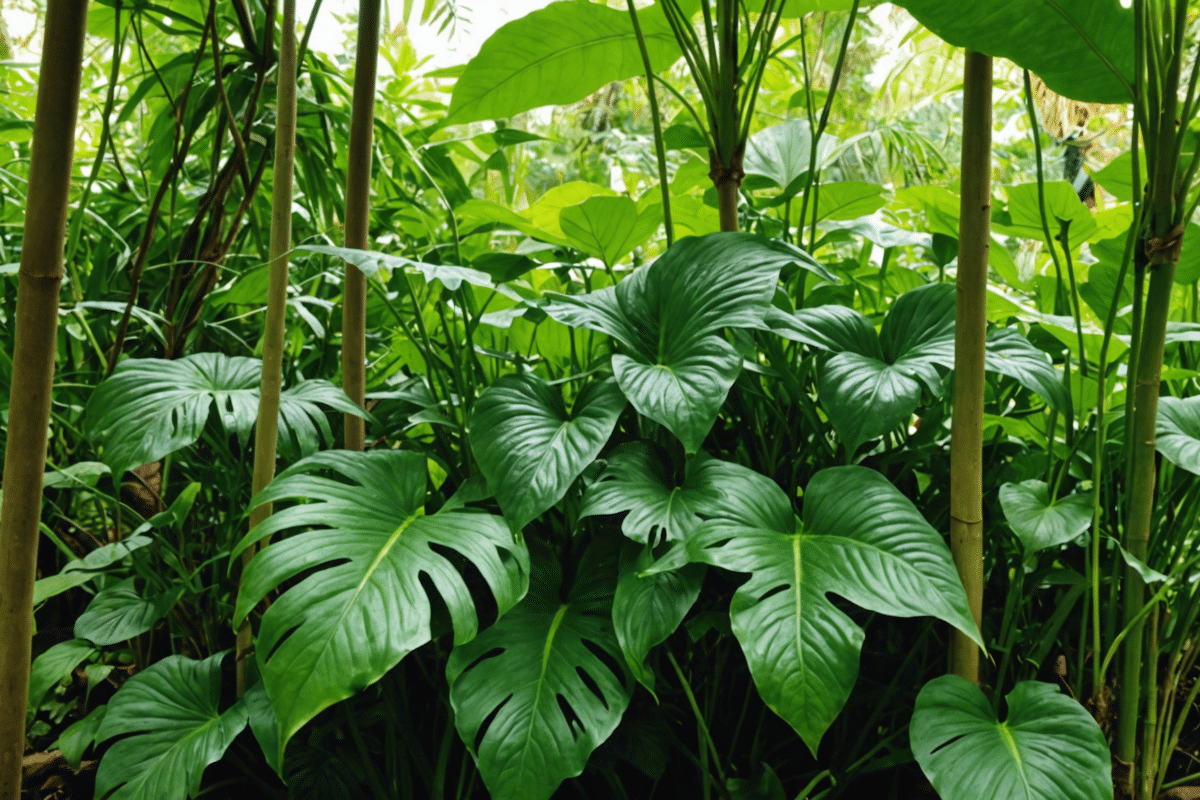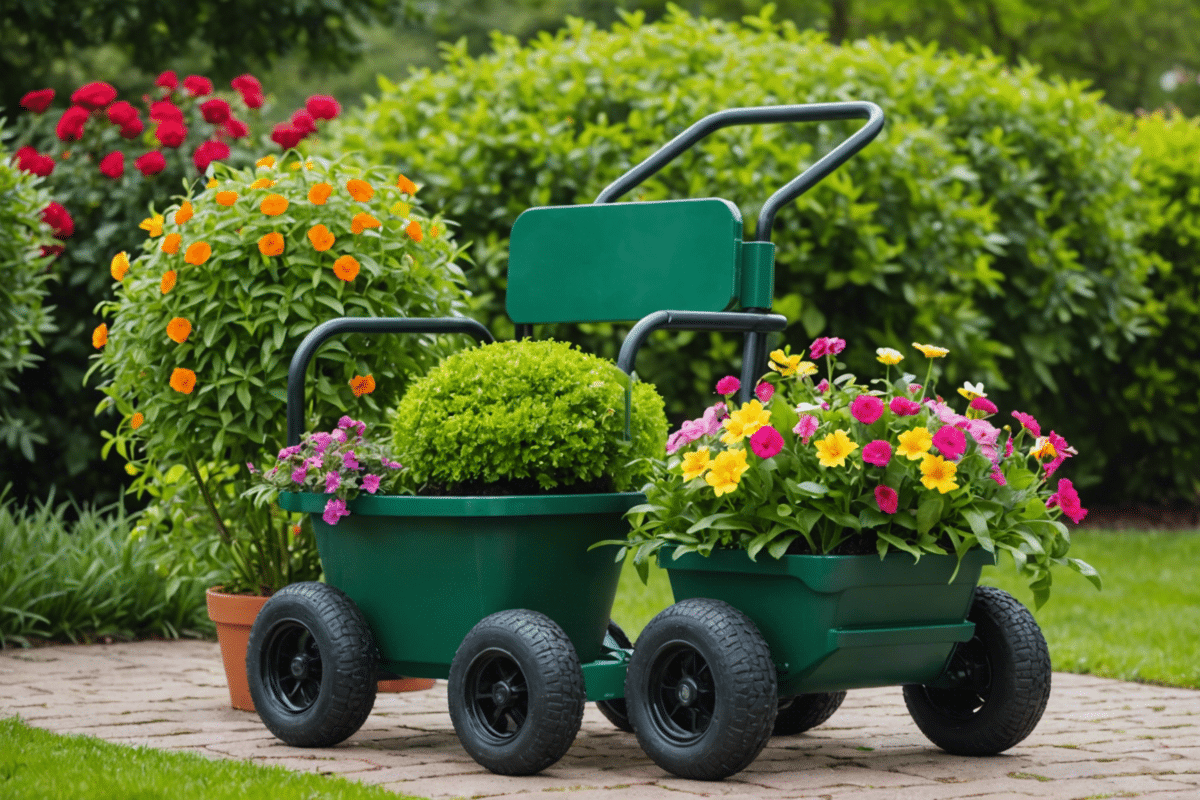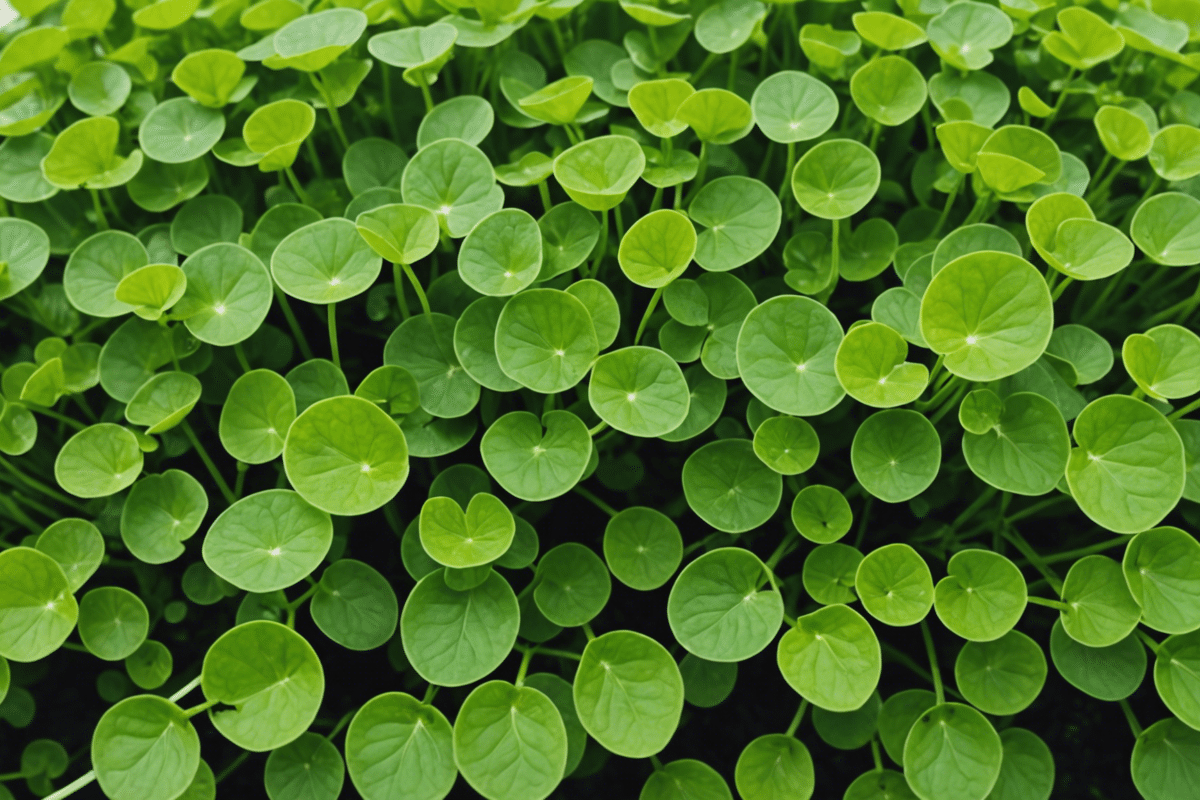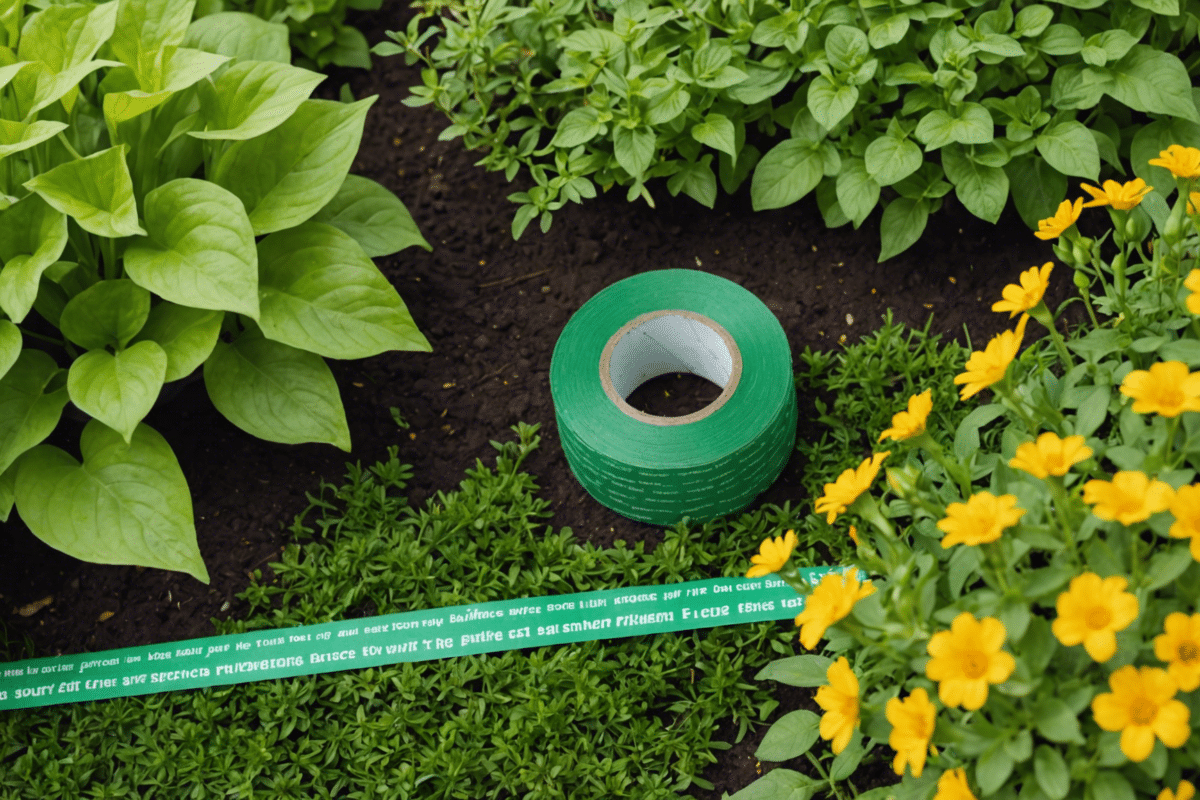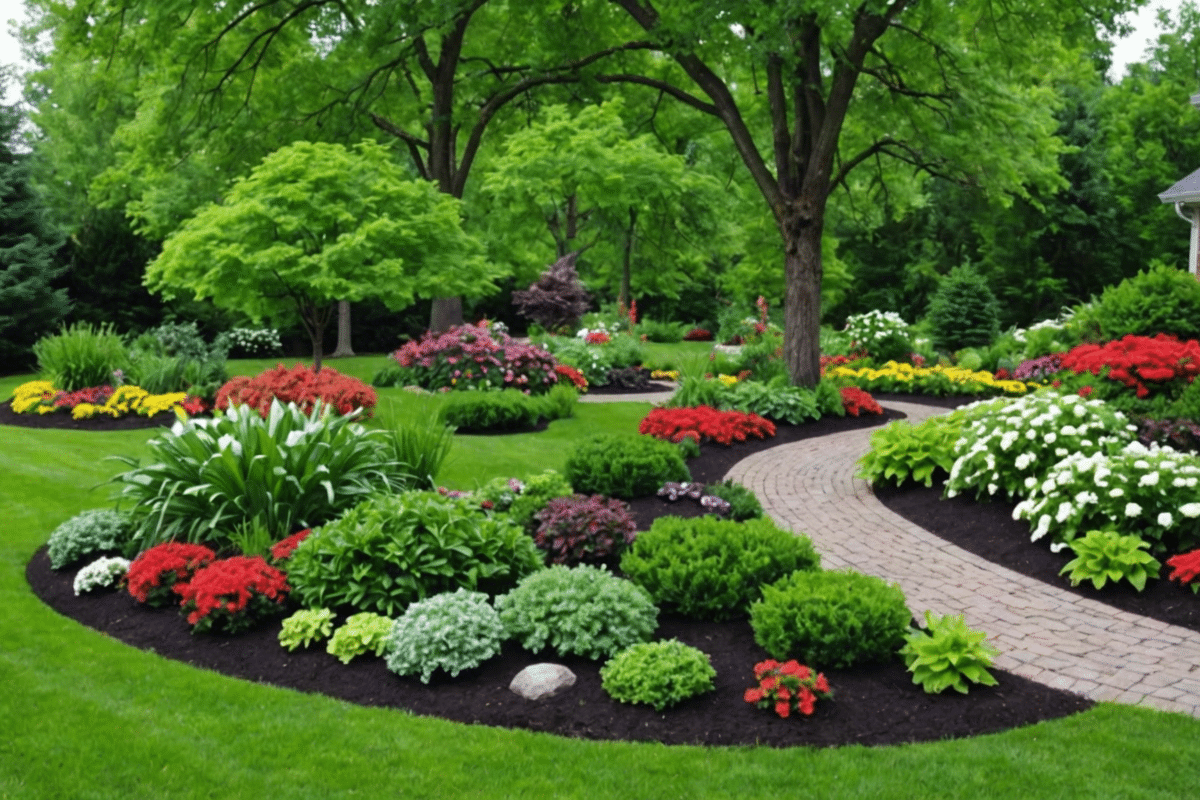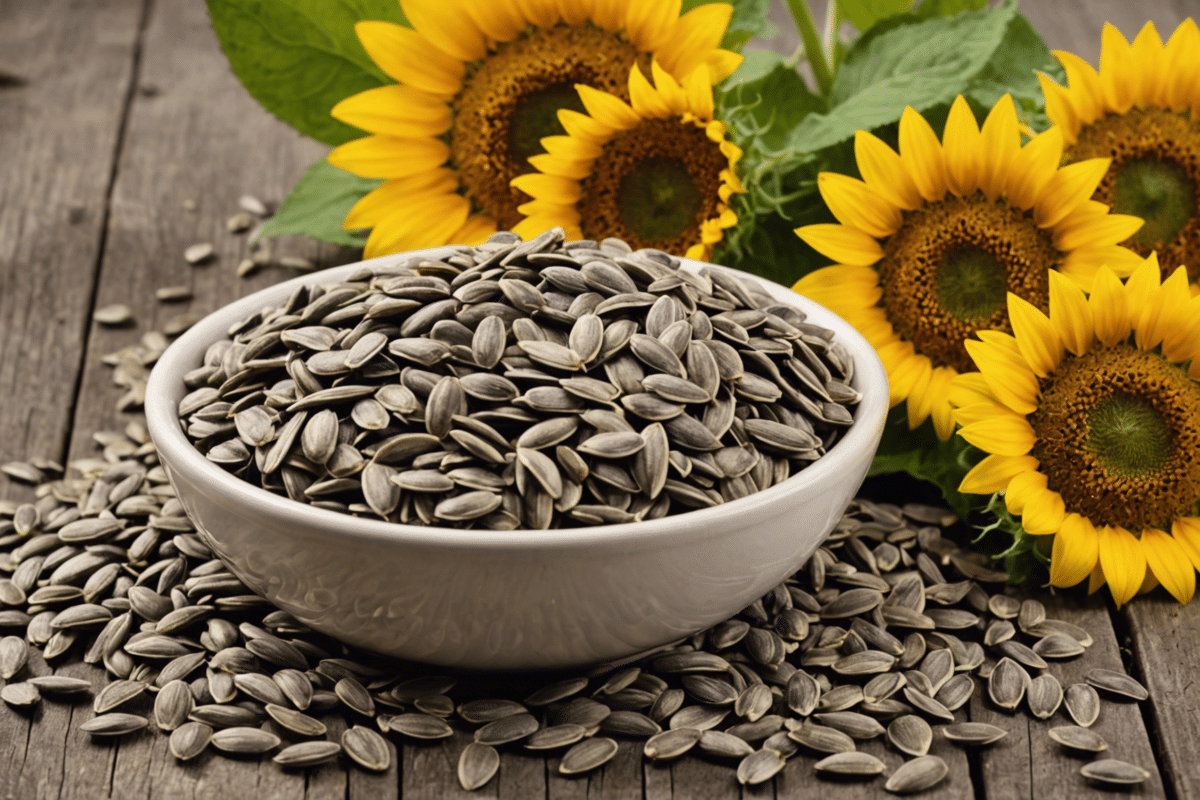Content
Imagine a secluded corner of your garden where the sun filters through a canopy of leaves, casting dappled shadows on the ground. This is the realm of shade gardening, a tranquil retreat that offers a unique set of plants and opportunities for creating a serene oasis. Whether you have a naturally shady yard or an area shielded by buildings or fences, embracing the shade can lead to a lush and peaceful garden sanctuary.
Understanding the Spectrum of Shade

Before diving into planting, it’s essential to understand the different types of shade. Not all shaded areas are created equal; there’s dappled shade, partial shade, and full shade. Dappled shade occurs under trees with spaced-out branches, allowing sunlight to dance on the ground below. Partial shade offers relief from the intense midday sun but receives some direct rays in the morning or evening. Full shade areas rarely see direct sunlight, often found on the north side of structures or under dense tree canopies. Each type requires specific plants that thrive in those conditions.
Selecting Plants for Your Shady Nook
Choosing the right plants is crucial for a successful shade garden. Hostas are a popular choice with their lush foliage and variety of sizes and colors. Ferns add an airy touch with their delicate fronds, while astilbes bring feathery plumes of flowers. For ground cover, consider sweet woodruff or pachysandra. And don’t forget about flowering plants like impatiens and foxgloves that can add pops of color to your shady retreat. When selecting plants, consider their compatibility with your specific type of shade and soil conditions.
Creating Layers in Your Shade Garden
To create depth and interest in your garden, think in layers. Start with taller plants like rhododendrons or hydrangeas as your backdrop. Add mid-height plants such as Japanese anemones or bleeding hearts in front of them. Finish with low-growing plants and ground covers at the front. This approach not only adds visual appeal but also mimics natural woodland settings where many shade-loving plants originate.
Incorporating Elements of Texture and Color
Shade gardens can be vibrant and full of life with the right use of texture and color. Variegated leaves, such as those found on caladiums or variegated ivy, can brighten up dark corners. Plants with different leaf shapes and sizes add texture; think about incorporating ferns with their fine fronds next to the broad leaves of hostas. Don’t shy away from flowers either; many shade-tolerant species offer beautiful blooms that can illuminate your garden.
Attracting Wildlife to Your Shady Sanctuary
Your shade garden can become a haven for wildlife too. By choosing native plants, you provide food and shelter for local birds, butterflies, and beneficial insects. Consider adding a water feature like a small fountain or birdbath to attract feathered friends. With thoughtful plant choices and habitat creation, your garden will buzz with life, bringing an added layer of enjoyment to your tranquil retreat.
Making Use of Hardscaping
Hardscaping elements such as stepping stones, benches, or statues can add structure to your garden while complementing the softness of the plantings. A winding path invites exploration and creates a sense of mystery as it meanders through the shaded beds. A strategically placed bench offers a spot for quiet contemplation amidst the greenery.
Inspiration for creating these enchanting spaces can be found in unexpected places like Singapore’s hidden parks and secret gardens. These urban oases demonstrate how even in densely populated cities, shaded retreats offer respite from the hustle and bustle. They showcase how careful plant selection and design can transform any shaded space into a lush paradise.
Embracing shade gardening opens up a world where cool greens provide relief from summer heat, where textures and colors play in subtle ways, and where wildlife finds refuge. It’s about working with nature to create an environment that soothes the soul and brings peace to our busy lives—a tranquil retreat right in our backyards.







